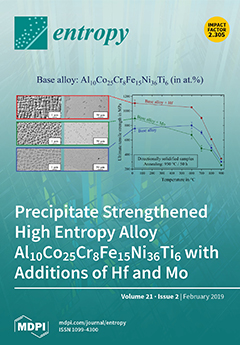The main aim of this study was to compare and evaluate the performance of fractal dimension as input data in the landslide susceptibility mapping of the Baota District, Yan’an City, China. First, a total of 632 points, including 316 landslide points and 316
[...] Read more.
The main aim of this study was to compare and evaluate the performance of fractal dimension as input data in the landslide susceptibility mapping of the Baota District, Yan’an City, China. First, a total of 632 points, including 316 landslide points and 316 non-landslide points, were located in the landslide inventory map. All points were divided into two parts according to the ratio of 70%:30%, with 70% (442) of the points used as the training dataset to train the models, and the remaining, namely the validation dataset, applied for validation. Second, 13 predisposing factors, including slope aspect, slope angle, altitude, lithology, mean annual precipitation (MAP), distance to rivers, distance to faults, distance to roads, normalized differential vegetation index (NDVI), topographic wetness index (TWI), plan curvature, profile curvature, and terrain roughness index (TRI), were selected. Then, the original numerical data, box-counting dimension, and correlation dimension corresponding to each predisposing factor were calculated to generate the input data and build three classification models, namely the kernel logistic regression model (KLR), kernel logistic regression based on box-counting dimension model (KLR
box-counting), and the kernel logistic regression based on correlation dimension model (KLR
correlation). Next, the statistical indexes and the receiver operating characteristic (ROC) curve were employed to evaluate the models’ performance. Finally, the KLR
correlation model had the highest area under the curve (AUC) values of 0.8984 and 0.9224, obtained by the training and validation datasets, respectively, indicating that the fractal dimension can be used as the input data for landslide susceptibility mapping with a better effect.
Full article






